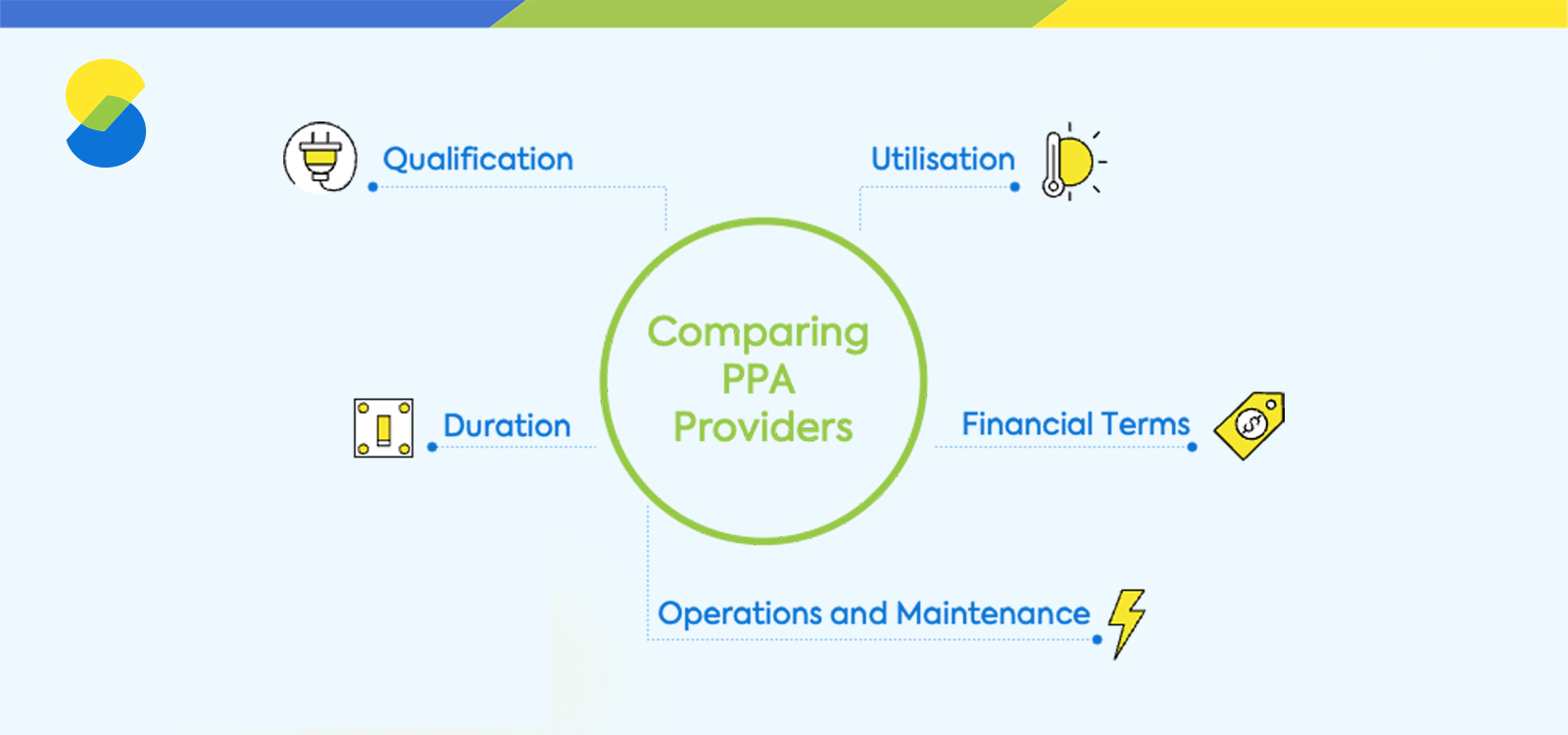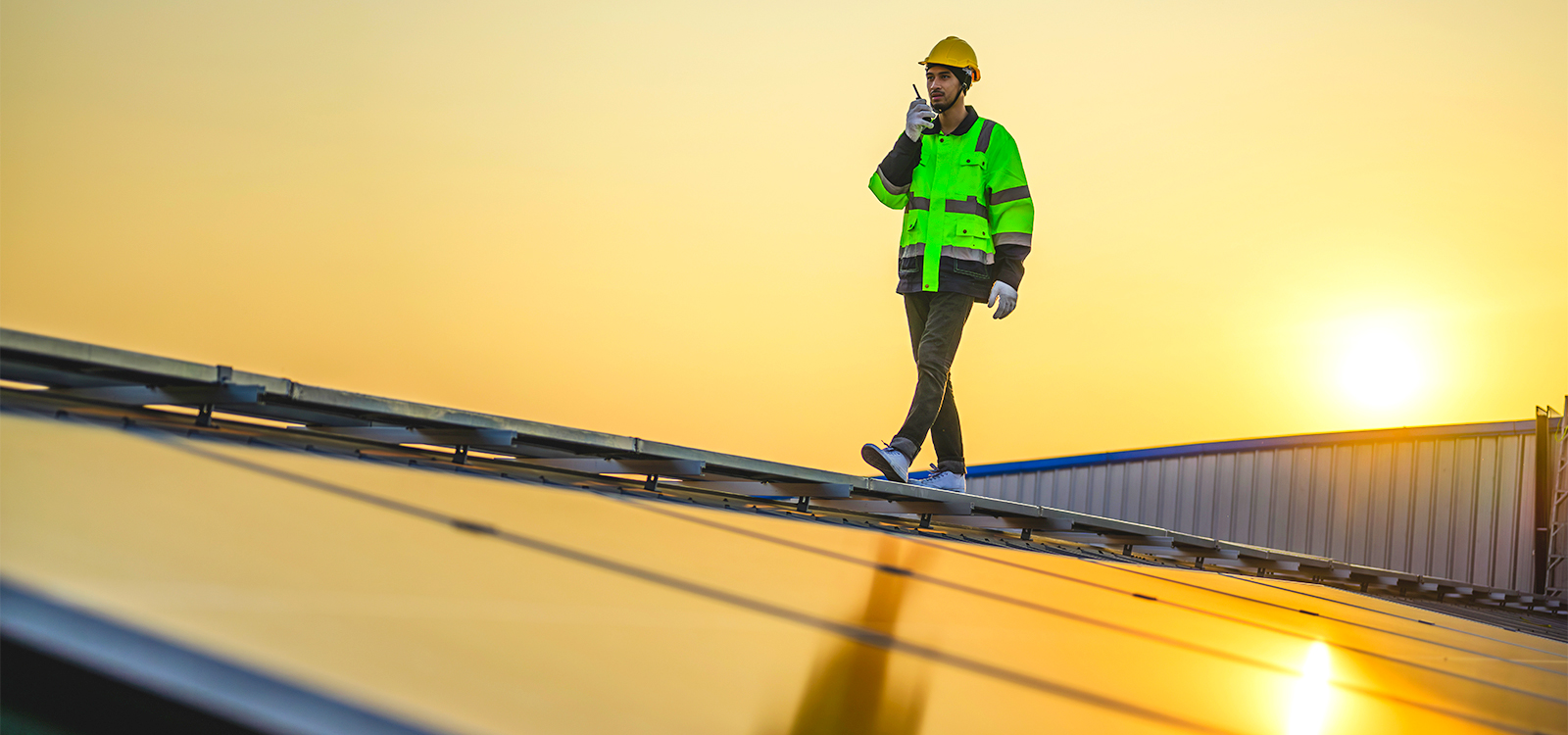In these times of excessive load shedding and abundant sun, switching to solar energy is considered a smart move. You will end up with cheaper energy, you are contributing to a greener tomorrow and might even be able to reduce the burden of your diesel generator.
In this blog we’re assuming you’ve done a comparison between a cash deal, a rental option and a PPA provider. You’ve made the wise choice to go with a zero-investment PPA option. You focus on your core business, your PPA provider focuses on his.
But once you have a few offers on the table, what do you need to consider when choosing a PPA provider?
1. Qualification.
You might have a friend who knows someone who drives around with panels in the back of his bakkie. But given the fact that your solar system can run for 25 years, a qualified installer and registered electrician is a key starting point.
Nobody wants to end up with a malfunctioning system and the related fire risks that come with it.
There are plenty of service providers in the market, but what you need is a solar PPA provider that delivers an end-to-end turnkey solution, not just panels.
2. System Utilisation.
The only kWh that are relevant are the ones that you can actually use. Most customers will not use much power during holiday’s or for part of the weekend.
It means you won’t be able to reach 100% of the system maximum output. A business which operates from Monday to Friday typically only reaches 75%.
Just make sure your PPA provider doesn’t charge you for the balance! You pay as you use.
The PPA partner should work with Tier 1 products only, which are covered by long term manufacturer warranties. This makes sure that your system can actually reach the forecasted output levels and provide you with the promised utilisation.
3. Financial Terms.
Be reminded that the offered starting rate is not everything. You’ll have to take the agreed escalation rate into account. A system with a start rate of R 1.00 per kWh at 8% annual escalation is more expensive than a start rate of R 1.15 per kWh at CPI increases only, by the time you get to year 6 of the contract.
These cost escalations have the biggest impact on your savings over the contract duration.
Finally, do carefully take into account any penalties you might have to pay if you want to get out of the contract because you plan to move or close your business. Paying the balance of the contract value in one go is not great.
4. Operations and Maintenance.
A solar installation is low maintenance, but it is not zero costs. Make sure the price offered includes all maintenance, repairs and servicing of the system. In addition to this, your PPA partner should clean the installation as often as needed.
Make sure you understand the insurance cover on the system: the PPA partner needs to provide cover for theft, weather risks, accidental and malicious damage as well as third party liability. To be clear: at their expense.
5. Contract Duration.
A PPA partner needs to make a margin, as does every healthy business. But the longer the contract duration, the more the PPA partner benefits. You should strive towards a 50/50 split in benefits, which in our experience can be reached in contract durations of 10 years. In Gauteng, this could even be approaching 5 years.
Obviously, there can be other reasons for securing a longer contract term, but just be aware you’ll end up paying for it.
Spending a bit of time on comparing the offers on the table helps you in making the right choice for the long term. You’re welcome to reach out to us if you need help in comparing apples to apples, our team of solar experts is there to make sense of it all.
Follow us on LinkedIN or Facebook if you’re keen to get more insights like these!



